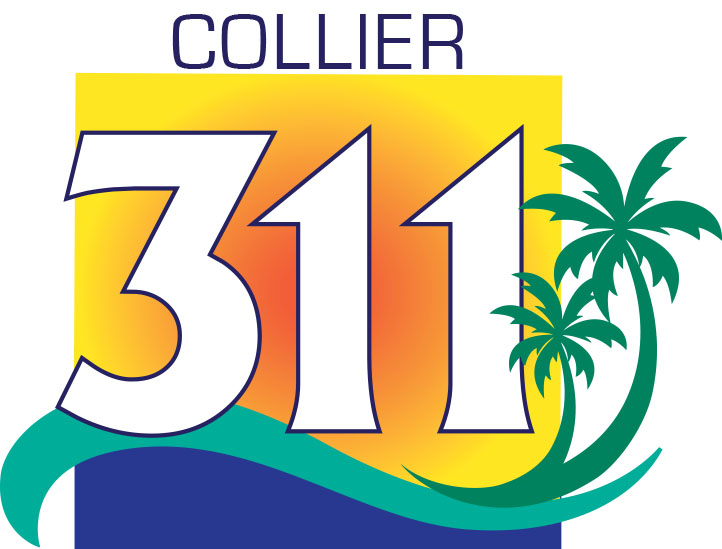Stormwater Management
Stormwater Maintenance
The Stormwater Maintenance Section is responsible for the maintenance of the public stormwater system across Collier County to prevent flooding in the public right of way, such as public streets and sidewalks during normal rain events with a proactive approach. We also help control the retention of stormwater to replenish the aquifers and wetlands and keep a balanced ecosystem while performing flood protection.
The total of assets maintained by Stormwater Maintenance include:
- 55,912 storm drains, manholes, and driveway pipes
- 117.57 miles of ditches and drainage channels
- 830 miles of drainage pipes
- 72 Storm basins
- 81 Weir Structures
- 6 Pump Stations
The Collier County Stormwater Maintenance Section must routinely maintain the storm drain system composed of channels, pipes, weir Levees, wet and dry retention ponds, and other fixed structures serving our communities through periodic removal of trash, debris, vegetation, and accumulated sediment. This maintenance is needed to restore existing stormwater facilities to their original design capacity to reduce flood risk and provide public safety and protection of property.
Current staff members - inspectors, applicators, and supervisors - hold current Florida Department of Agriculture and Consumer Services (FDACS) aquatic herbicide applicator certifications.
Weed control in stormwater systems is essential to maintain the functionality of drainage infrastructure, prevent clogging, reduce erosion, and improve water quality. Here's an overview of key strategies and considerations for Aquatics Plants and Weed control in stormwater:
- Preventive Measures:
- Implement vegetative buffers along stormwater channels and retention ponds to prevent weed growth and stabilize banks.
- Use erosion control blankets, mats, and geotextiles to inhibit weed establishment in vulnerable areas.
- Minimize soil disturbance during construction and landscaping activities to reduce the introduction of weed seeds and propagules.
- Mechanical Control:
- Regular mowing, trimming, and cutting of vegetation in and around stormwater facilities to prevent overgrowth and blockages.
- Use of mechanical weed removal equipment such as weed harvesters, cutters, and rakes to clear vegetation from channels, culverts, and outfalls.
- Manual removal of weeds and invasive plants from stormwater infrastructure components to maintain flow capacity and functionality.
- Herbicide Application:
- Selective herbicide application targeting specific weed species while minimizing impacts on non-target vegetation and water quality.
- Use of herbicides approved for aquatic environments and stormwater management in compliance with regulatory requirements.
- Application methods such as spot treatments, foliar sprays, and submersed injection to effectively control weeds in stormwater systems.
- Integrated Vegetation Management (IVM):
- Incorporate integrated weed management approaches combining mechanical, cultural, biological, and chemical control methods.
- Use of native vegetation and beneficial plants to outcompete weeds and enhance stormwater system resilience.
- Monitor Regularly and assessment of weed populations inform decision-making and adjust management strategies as needed.
- Stormwater Pond Maintenance:
- Routine inspection and maintenance of stormwater retention and detention ponds to remove accumulated sediment, debris, and vegetation.
- Dredging and sediment removal to restore storage capacity and improve stormwater flow dynamics.
- Vegetation management within ponds to prevent excessive growth, maintain water quality, and enhance habitat diversity.
- Public Education and Outreach:
- Educate residents, businesses, and property owners about the importance of weed control in stormwater systems.
- Promote responsible landscaping practices, including proper plant selection, mulching, and irrigation to minimize weed growth and runoff pollution.
- Encourage community involvement in stormwater management by attending HOA meetings to educate communities.
By implementing a comprehensive approach to weed control in stormwater systems, communities can effectively manage vegetation, reduce maintenance costs, enhance water quality, and protect the long-term functionality of their drainage infrastructure.
